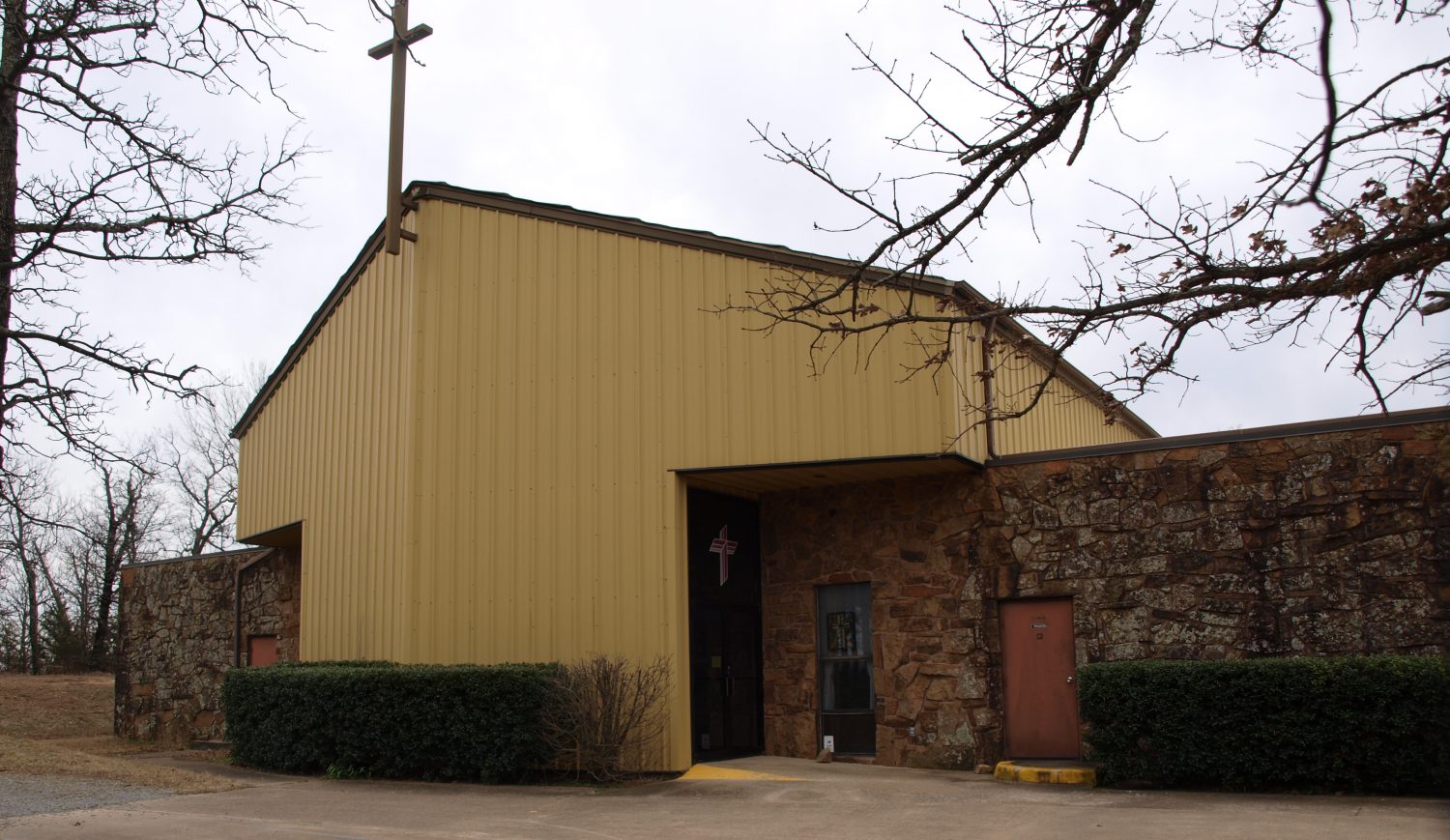The word gender does not appear in the Bible. The Concise Oxford English dictionary states that “sex tends to refer to biological differences, while gender tends to refer to cultural or social ones.” Sex is used to refer to a biological state of being male or female. “So God created man in his own image, in the image of God he created him; male and female he created them.” (Gen. 1:27, ESV) From the Genesis 2 creation account, God created Adam first “from the dust of the ground and breathed into his nostrils the breath of life, and the man became a living creature,” as the male. Then he made Eve, the first female, from Adam’s rib.
God’s purpose in this was to make a “help-meet” for the man because of all the creatures God had made, none was a suitable partner for the man. He made man and women for procreation and intimate life together. “Therefore a man shall leave his father and his mother and hold fast to his wife, and they shall become one flesh.” (Gen. 2:24, ESV)
The man is head of the household and the wife is submissive to that authority. How does that work? “… each one of you also must love his wife as he loves himself, and the wife must respect her husband.” (Eph. 5:33) That translates to the man giving 100% of himself to the wife out of love, and the wife giving 100% of herself to the husband out of respect. The perfect marriage comes in constantly striving for this impossible level of giving to one another. To the question.
In the current culture and social structures, we see gender used as construct. In grammar, gender refers to masculine, feminine and neuter. Modern social constructs apply grammarly variations to males and females in myriad and complex ways. Mostly, these arise from thoughts and behaviors the Bible describes as “sexual immorality,” which 1 Cor. 6:13-18 says a person should “flee from” because “the body is not meant for sexual immorality.”
Reviewing what God created man and woman to be and his purpose for them, marriage is between a man and a woman, for them to have children in a family that we would describe today as biological. The idea of gender as a perception of biological sex requiring a decision by the individual falls outside of God’s created order, man and woman. The many derivations arising from such thinking fall outside of what God created in the beginning (before the fall into sin) which he called “very good.” May we strive for such life as God created it!
